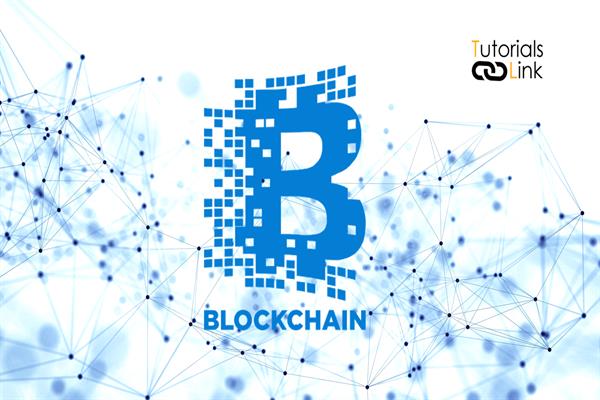Blockchain Innovations Shaping the Future

Blockchain has moved far beyond its origins as the technology behind digital currencies. Today, it serves as the foundation for advancements in security, data transparency, and decentralized applications. As adoption continues to expand, businesses, investors, and innovators are looking to blockchain as a key driver of future technology trends.
In 2025, blockchain is no longer an experimental tool but a central part of digital infrastructure. Developers are building advanced smart contracts, creating decentralized finance platforms, and designing new token standards. Emerging projects, including those in the crypto presale 2025 stage, are using blockchain as the backbone for creative solutions in supply chain, identity management, and more. This shift is changing how value and information move across global networks.
The Rise of Layer-2 Solutions
Scalability has been a long-standing challenge for blockchain networks. While early blockchains were secure and decentralized, they often struggled with slow transaction speeds and high fees. Layer-2 solutions are addressing these issues by processing transactions off the main blockchain and then recording them securely. This approach reduces congestion, increases throughput, and makes blockchain systems more accessible for everyday use.
These improvements open the door to more complex applications, from high-frequency trading platforms to large-scale gaming ecosystems. Lower costs and faster confirmations mean developers can focus on building user-friendly experiences without being held back by network limitations.
Interoperability and Cross-Chain Functionality
One of the most exciting advancements in blockchain technology is interoperability. Different blockchains once existed as isolated systems, each with its own rules and limitations. Now, cross-chain protocols are enabling seamless communication between networks.
This means assets and data can move freely across multiple blockchains without the need for centralized exchanges. Businesses can integrate multiple blockchain ecosystems into a single workflow, while users gain more control over how and where they store and transact their assets. The growth of interoperability is setting the stage for a truly interconnected decentralized economy.
Smart Contracts and Automation
Smart contracts have always been a defining feature of blockchain technology, but their capabilities are expanding rapidly. Initially used for simple transactions, they now power complex financial instruments, automated supply chain operations, and governance systems for decentralized organizations.
Advances in coding frameworks are making it easier to write secure, reliable smart contracts. This is particularly important as blockchain moves into sectors such as healthcare, legal services, and government operations, where accuracy and trust are essential. The combination of automation and transparency could redefine how institutions operate.
Blockchain and Privacy Innovation
While transparency is a major advantage of blockchain, privacy is becoming equally important. New cryptographic methods, including zero-knowledge proofs, allow transactions to be verified without revealing sensitive information.
This balance between privacy and accountability is key to blockchain’s wider adoption in regulated industries. Enterprises can maintain compliance while protecting proprietary data, and individuals can safeguard their personal information without sacrificing security.
Decentralized Identity Systems
Identity management is another field being transformed by blockchain. Decentralized identity solutions allow users to control their own credentials, storing them securely in digital wallets. Instead of relying on third-party verification, users can prove their identity directly using blockchain-based signatures.
This approach could significantly reduce identity theft, streamline onboarding processes, and improve access to financial services for people in underserved regions. It also aligns with the growing emphasis on user sovereignty in the digital world.
Tokenization Beyond Currency
Tokenization is no longer limited to cryptocurrencies. Blockchain now allows nearly any asset to be represented as a digital token, from real estate to carbon credits. These tokens can be traded, divided, and transferred with greater efficiency than traditional systems.
By lowering the barriers to entry for investment, tokenization creates opportunities for fractional ownership, making high-value assets accessible to a broader audience. It also enables faster settlement times and reduces administrative overhead for asset management.
The Role of Blockchain in Global Trade
Blockchain is also making an impact on global trade. Transparent, tamper-proof ledgers can track goods from origin to destination, ensuring authenticity and improving supply chain efficiency. This is especially important for industries like pharmaceuticals, where product integrity is critical.
Combined with Internet of Things (IoT) technology, blockchain can provide real-time data about location, temperature, and handling conditions. This level of traceability not only builds trust but also reduces waste and inefficiencies.
Preparing for the Next Wave of Innovation
The next wave of blockchain innovation will likely focus on scalability, usability, and integration with emerging technologies like artificial intelligence. As blockchain tools become easier to use and more compatible with existing systems, adoption will accelerate across industries.
Businesses that embrace blockchain now will be better positioned to adapt to changing market conditions. By staying informed and open to experimentation, they can take advantage of the efficiencies, transparency, and security that blockchain offers.
Final Thoughts
Blockchain is evolving from a niche technology into a universal tool for building trust, streamlining processes, and creating new markets. Whether it is enabling faster financial transactions, securing sensitive data, or supporting decentralized governance, blockchain innovation continues to push boundaries.
The years ahead will likely bring even more transformative uses, making blockchain a cornerstone of the digital economy. For businesses, investors, and innovators, the opportunity is not just in following these trends but in helping shape them.





